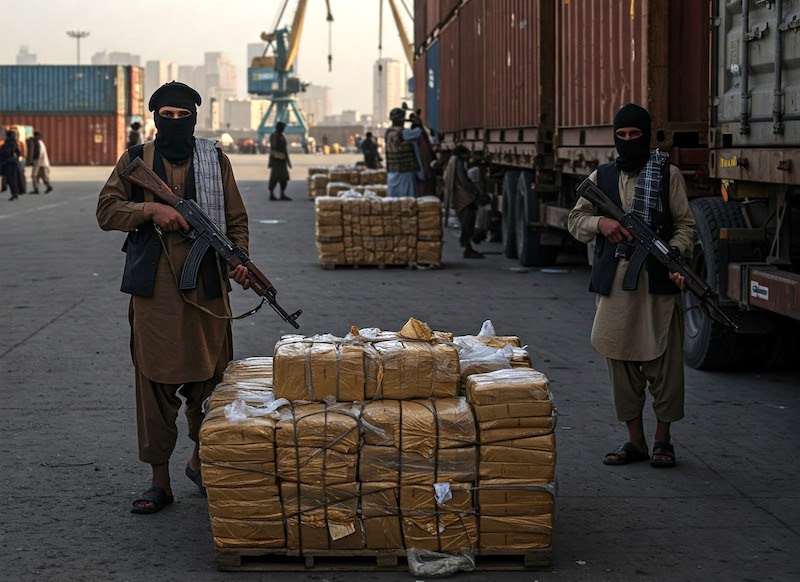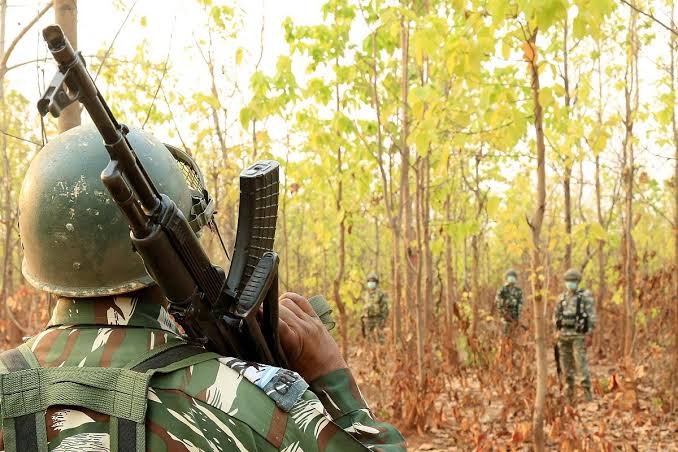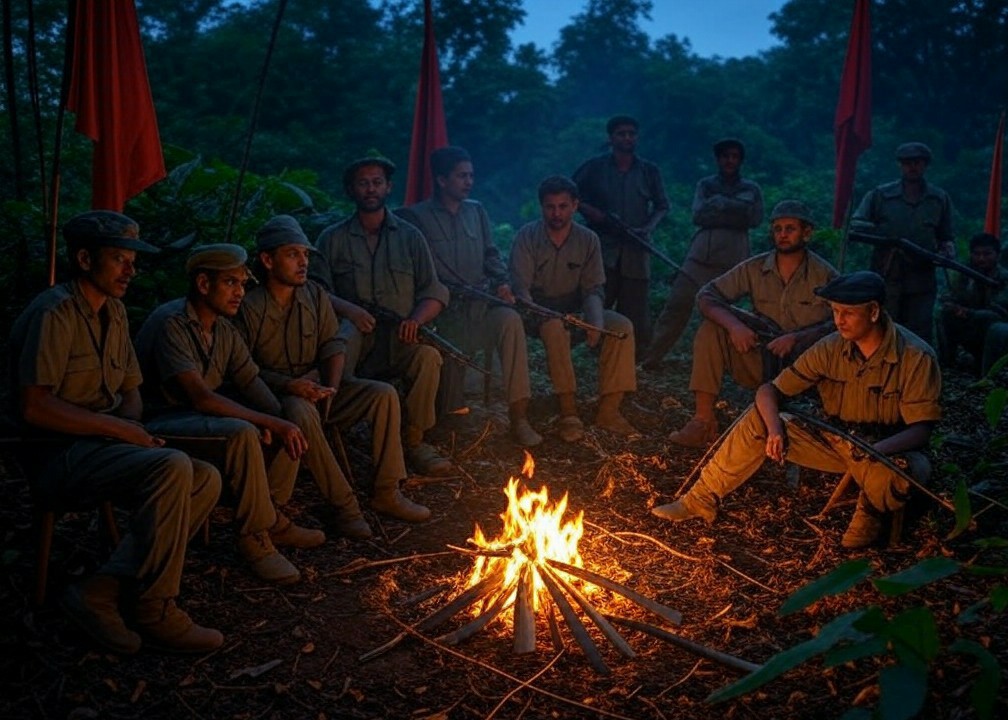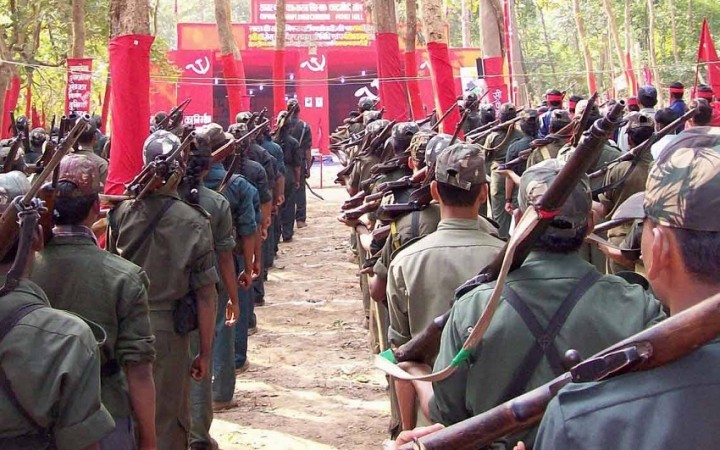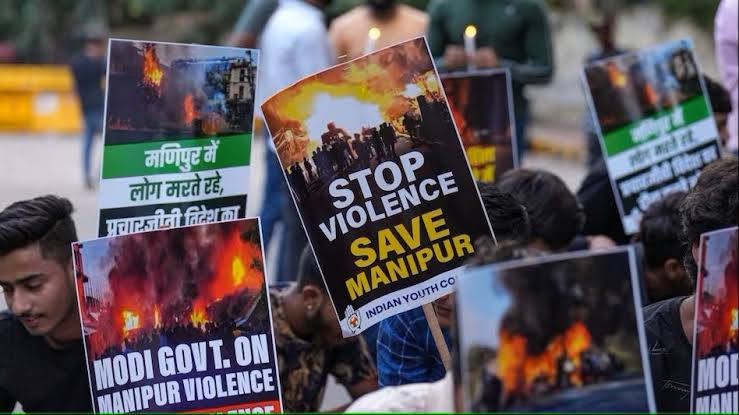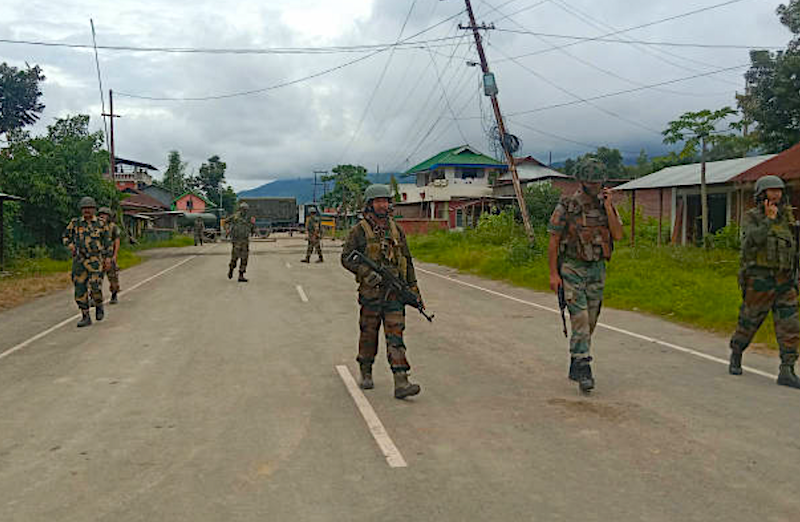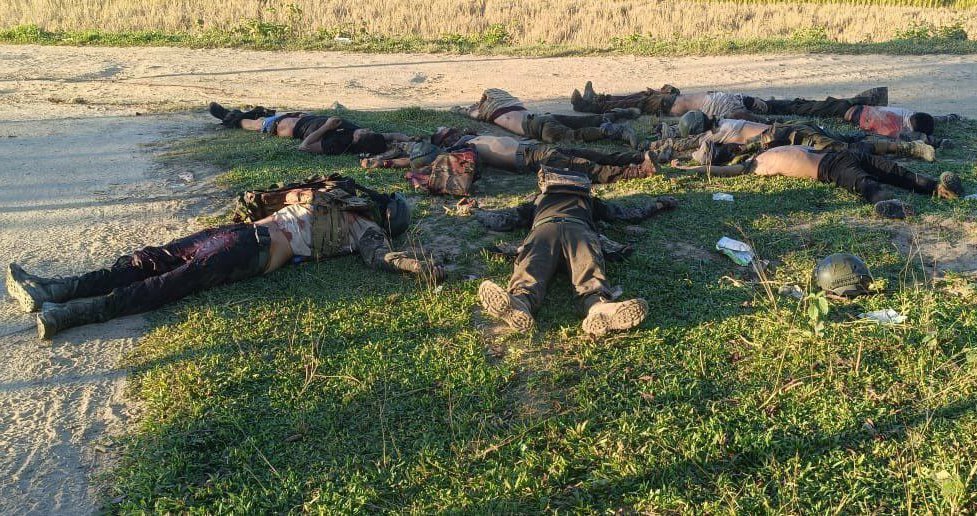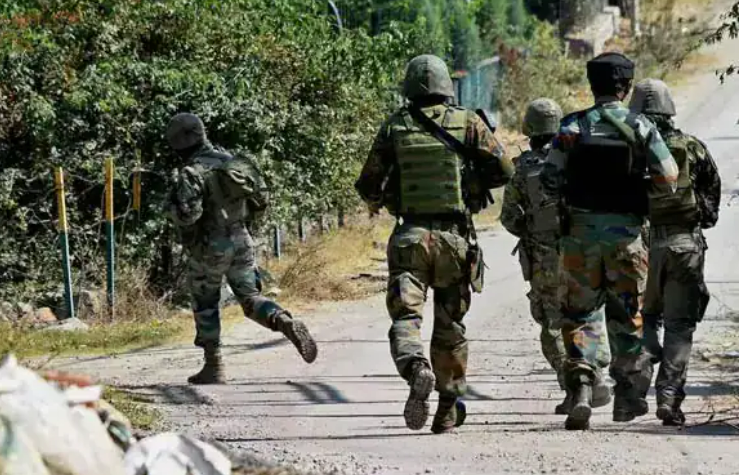 Two prime accused in the Malegaon bombing case: Pragya Thakur (R) and Lt Col Prasad Shrikant Purohit.
Two prime accused in the Malegaon bombing case: Pragya Thakur (R) and Lt Col Prasad Shrikant Purohit.
New Delhi: The National Investigation Agency has formally sought the death penalty for all seven accused in the 2008 Malegaon bomb blast case, marking a significant development in one of India’s most high-profile terror trials. The prosecution, in its final written arguments submitted to the special NIA court in Mumbai on Saturday, pressed for the maximum punishment under Section 16 of the Unlawful Activities (Prevention) Act (UAPA), citing the gravity and communal impact of the attack.
The seven accused are: Pragya Singh Thakur, a former member of Parliament from the Bharatiya Janata Party; Lieutenant Colonel Prasad Shrikant Purohit, serving Indian Army officer at the time of the incident; Major Ramesh Upadhyay (retired), former Indian Army officer; Sudhakar Dwivedi (also known as Dayanand Pandey); Ajay Rahirkar; Sudhakar Chaturvedi; and Sameer Kulkarni.
The prosecution’s case alleges that these individuals were part of a larger conspiracy motivated by Hindutva ideology, orchestrated to target the Muslim community in the communally sensitive town of Malegaon, Maharashtra. The blast, which occurred on September 29, 2008, involved an explosive device strapped to a two-wheeler that detonated near a mosque, killing six people and injuring over 100 others.
The NIA’s final arguments, spanning nearly 1,400 pages, meticulously detail the alleged roles of each accused, their affiliations, and the planning that led to the attack.
The special NIA court, presided over by the judge, AK Lahoti, has reserved its verdict, which is scheduled to be pronounced on May 8, 2025. This move by the NIA is notable, especially given its earlier position in 2016, when it had recommended dropping charges against some of the accused, including Thakur, due to insufficient evidence. However, the court had refused to exonerate Thakur and six others, and the trial continued against them under various sections of the UAPA and the Indian Penal Code (IPC), including charges of criminal conspiracy and murder.
How the Case Dragged for 17 Years
The Malegaon blast case has spanned nearly 17 years, reflecting the complexities and challenges inherent in prosecuting terror-related crimes in India. The initial investigation was led by the Maharashtra Police’s anti-terrorism squad (ATS), under the leadership of the late Hemant Karkare, joint commissioner of police, who was later killed during the 26/11 Mumbai attacks. The ATS’s early findings pointed to the involvement of Hindu right-wing groups, and the first arrests, including Thakur, were made after tracing the motorcycle used in the blast back to Thakur.
The ATS filed two chargesheets before the case was transferred in 2011 to the newly formed NIA, following the directions from the Union home ministry. The NIA’s supplementary chargesheet in 2016 diverged from the ATS on several points, recommending that the stringent Maharashtra Control of Organized Crime Act (MCOCA) be dropped and that some accused, including Thakur, be discharged due to lack of evidence.
However, the special court in 2017 refused to discharge Thakur and six others, and the trial formally began in December 2018.
The proceedings have been protracted, with the prosecution examining 323 witnesses – 34 of whom turned hostile. The trial has been further delayed by legal challenges, changes in investigating officers, and procedural complexities. The final written arguments were submitted in April 2025, and the court has now reserved its verdict for May 8, 2025.
Current Status of the Accused
All seven accused in the Malegaon blast case are currently out on bail. Pragya Singh Thakur was granted bail by the Bombay high court in 2017, with the court noting that a prima facie case had not been made out against her at that stage. Lieutenant Colonel Prasad Purohit was initially denied bail by the high court but was later granted bail by the Supreme Court in August 2017. The remaining accused – Major Ramesh Upadhyay (retired), Sudhakar Dwivedi, Ajay Rahirkar, Sudhakar Chaturvedi, and Sameer Kulkarni – were also released on bail during the course of the trial.
As a condition of their bail, the accused have been required to surrender their passports, refrain from tampering with evidence, and report to the NIA court as directed. None of the accused are currently in custody, and all have been attending court proceedings as required.
Explainer: What is the Malegaon Case and How Were the Accused Linked to It?
The Malegaon bomb blast was a terrorist attack that took place on September 29, 2008, in Malegaon, a town in Maharashtra’s Nashik district known for its communal sensitivity. An explosive device, concealed on an LML Freedom motorcycle, detonated near the Hamidia Mosque at around 9.35pm, killing six people and injuring over 100.
The initial investigation by the Maharashtra ATS quickly identified the motorcycle as belonging to Pragya Singh Thakur, which led to her arrest. The probe expanded to include several others, primarily individuals linked to right-wing Hindu organizations.
According to the prosecution, the bomb was planted by absconding accused Ramji Kalsangra, and the conspiracy was allegedly hatched at meetings organized by Abhinav Bharat – a Hindu nationalist group reportedly founded by Purohit in 2006. The ATS claimed that these meetings, attended by Thakur, Purohit, Upadhyay, and others, were aimed at planning attacks to avenge perceived injustices against Hindus and to incite communal discord.
The NIA, which took over the investigation in 2011, largely concurred with the ATS’s findings but recommended dropping charges against some accused due to lack of evidence. However, the court retained charges against Thakur and six others, framing them under the UAPA and IPC for committing terrorist acts, conspiracy, murder, and promoting enmity between religious groups.
The prosecution’s case is built on witness testimonies, forensic evidence, and the alleged ideological motivations of the accused. The defence, on the other hand, has challenged the credibility of the evidence and the integrity of the investigation, pointing to the large number of hostile witnesses and the NIA’s own recommendations to discharge some of the accused.
The Malegaon blast case has been a flashpoint in Indian politics and society, raising questions about the nature of terrorism, the role of ideology in violent acts, and the challenges of securing convictions in high-profile cases. With the verdict now reserved, all eyes are on the special NIA court, which is set to deliver its judgment on May 8, 2025.

